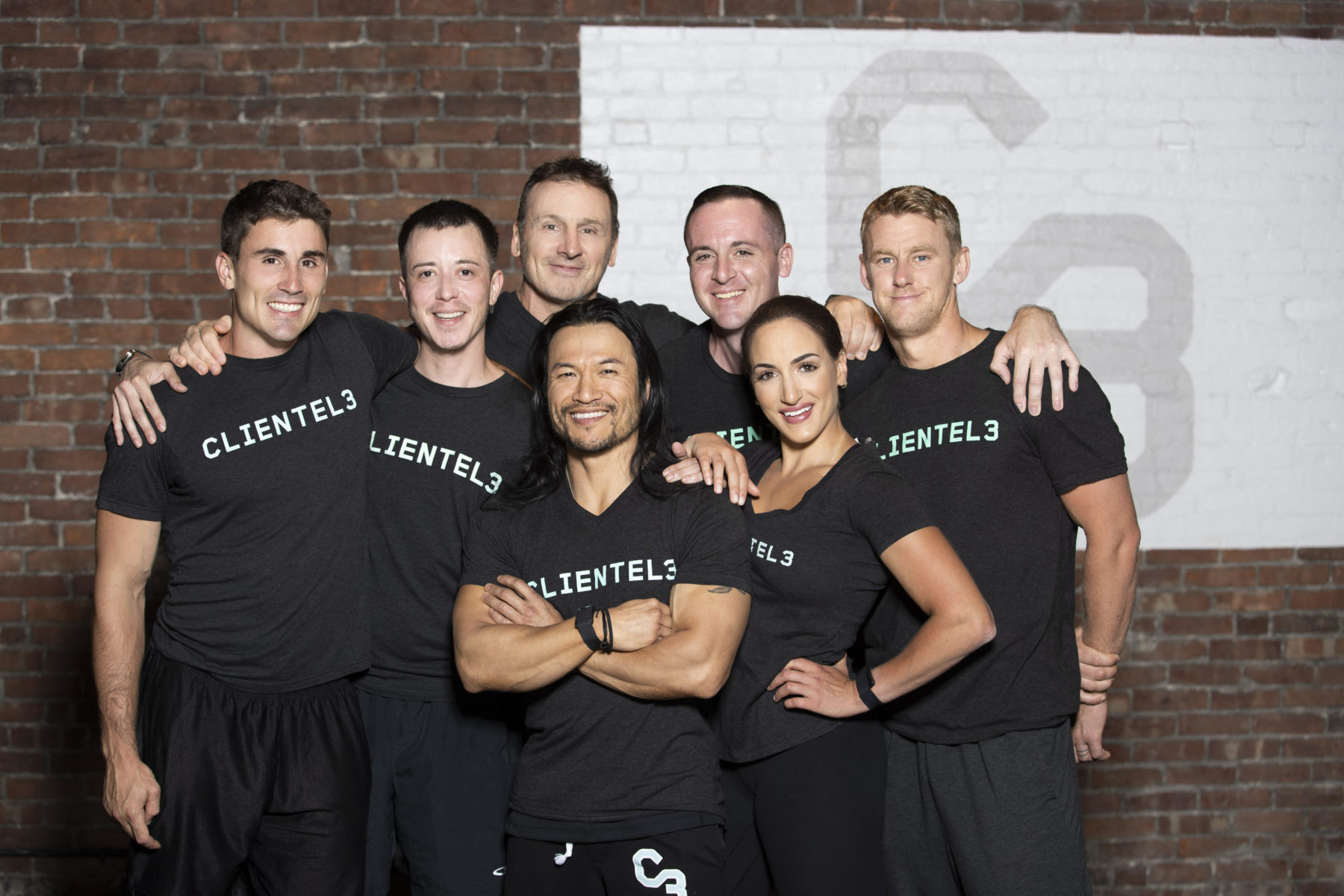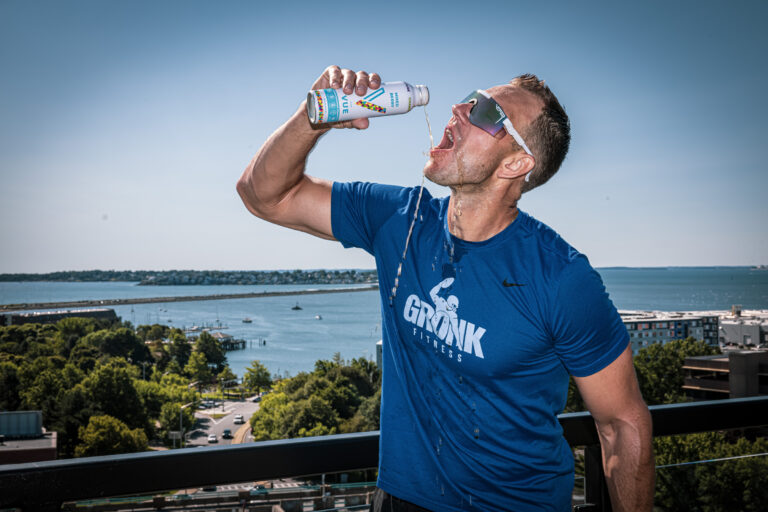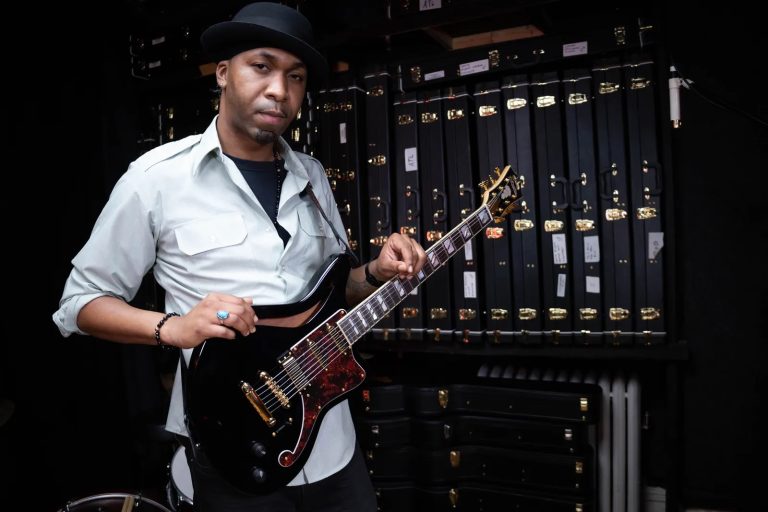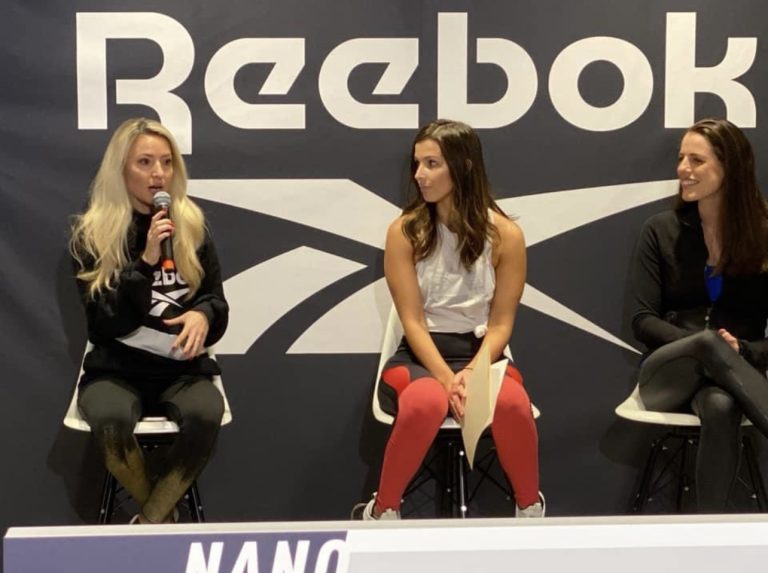I’m a personal trainer at a studio where the average client will unflinchingly spend $40k per year on sessions. The studio, albeit a pristine architectural marvel that houses equipment not found in any other Boston facility, is a mere 2000 square feet. There’s neither a smoothie bar (though we do offer protein shakes), nor a spa-like locker room. We don’t even have an in-house masseuse.
Why is it that venture capitalists, company founders and real estate moguls who can afford to train anywhere choose a studio with fewer amenities than Equinox or LifeTime? Because what constitutes a personal training experience worth repeating for these guys has nothing to do with the luxuries and everything to do with details. Here’s what keeps them coming back–and how you can use their insights to take your gym game to the next level.
It Must Have Value
According to Larry Lebowitz, founder of Boston-based hedge fund LHL Capital LLC, “The value (I’m getting out of my training sessions) must exceed cost, and it must exceed it exponentially, not linearly.” Larry specifies that while value is demonstrated through physiological improvements—enhanced mental acuity, improved body composition–his camaraderie with other trainers and fellow clients is weighted equally in his assessment. “It all matters.”
Apply it: Keep in mind that the journey is the destination. In the context of fitness, you must enjoy the process of working toward your goal as much as the goal itself. Want to lose 15 pounds but hate traditional cardio? Try boxing or MMA. Looking to become stronger pound-for-pound but don’t want to step foot in a traditional gym? Head to a rock-climbing gym for an American-Ninja-Warrior style workout. There are hundreds of ways to achieve your fitness objectives; pick the one that excites you most.
It Must Be Purposeful and Personal
It’s not uncommon for trainers to write one workout and put five different clients through it, regardless of whether it’s progressing them toward their unique goals. No two clients of mine receive the same workout, because no two clients of mine have the same goals.
For example, Sarah Downey, Principal at venture capital firm Accomplice, is already in stellar shape by any standards, but came to me with very specific goals in mind. In her words: “I sought (your) expertise in training body areas (back and glutes) I know about intellectually but was having trouble targeting and activating despite that.”
Sarah’s program is tailored to her needs, and I preface my introduction of each move to her with an explanation of how it’s enhancing her mind-muscle connection. I program each of my clients’ workouts with the question, “why are we doing this?” in mind. If I don’t voluntarily explain how a new exercise relates back to my client’s goals, I will be asked, and when I’m responding to someone I wouldn’t be surprised to see on the next Shark Tank panel, there’s no room for a bogus response.
Apply it: For starters, write your workout in advance. Don’t waste time wandering aimlessly through the gym. Spend 15 minutes writing out a plan and make sure you can justify what exercises you’re including. Also, be mindful of the natural tendency to only include exercises you enjoy, as they likely target your strengths. If you find yourself avoiding crunches, chances are your abs are a weak point and need addressing. Don’t forget: fitness and physique improvements happen when you hone in on areas that need work.
There Must Be Variety
All of my clients would stop coming to me if I had them do the same exercises week after week. They could work out on their own without missing a beat and save money while they’re at it. It doesn’t matter how much they enjoy my company. I am constantly challenged to prove my value by giving my clients a unique workout every time we train. I’m either introducing them to new exercises or new ways of doing familiar exercises. As a result, they’re not only intellectually engaged, but also never plateauing.
That doesn’t mean there isn’t some consistency. Performing foundational movements regularly–such as presses, squats, pulls and lunges–is the only way to make measurable progress in how one’s body looks and performs. Here’s how the principle of variety applies: instead of just using dumbbells when performing an overhead press, we’ll use an earthquake bar (aptly named for the oscillating effect one experiences throughout the exercise’s entire range of motion) one week to hone in on smaller stabilizing muscles, then switch to the landmine anchor during another workout to activate the muscle fibers in a completely different manner. We’re not switching things up so much that we aren’t able to observe progress in a given movement pattern, but we are eliminating monotony by incorporating various modalities.
Apply it: Think about the exercises you’ve been performing in your routine and what else you can use to perform those same movements. Make a list (mental or written) of accessible equipment. Then, see what substitutions are possible. Devoted to barbell squats? Grab a kettle bell instead. Always using dumbbells for front raises? Head to a cable machine and use a rope attachment. Keeping things interesting goes hand-in-hand with staying consistent. And we all know that without consistency there are no results.















